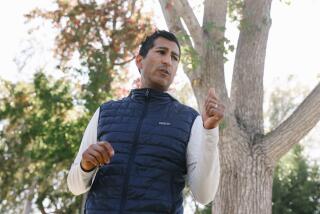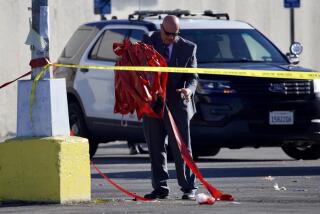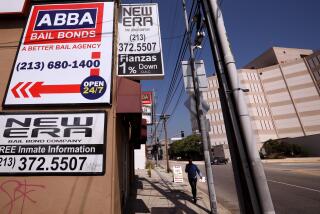Prohibition and crime rates
- Share via
Re “Looking for crime’s smoking gun,” Opinion, Jan. 8
I find it amazing that a renowned crime researcher could mention the decrease in crime in the 1930s over the 1920s without acknowledging one obvious reason: the repeal of Prohibition.
Once the ban on alcohol was repealed, millions of Americans who wanted to drink no longer had to patronize criminals, and thousands who wanted to make and sell alcoholic beverages no longer had to break the law. As a result, turf wars between alcohol enterprises could be fought in the courts instead of in the streets with guns, and by taxing alcohol, the government could raise money to pay for the social costs of its use.
It’s a lesson James Q. Wilson should be acknowledging so his committee could consider whether lifting today’s similarly misguided laws against recreational drugs might help solve the gang problem by cutting off their main source of income.
Mark Gabrish Conlan
San Diego
--
Reduced crime in Los Angeles did not occur because of Chief William J. Bratton’s Compstat system or his holding captains accountable. Rather, the removal of Bernard C. Parks as chief of police and the ending of his draconian disciplinary system slowed the exodus of experienced officers and removed their fears of being punished for engaging in proactive police work.
This leads to another question for Wilson to study: How does a police chief’s leadership affect the rank and file’s ability to affect crime rates?
Michael O’Beirne
Lake Forest


